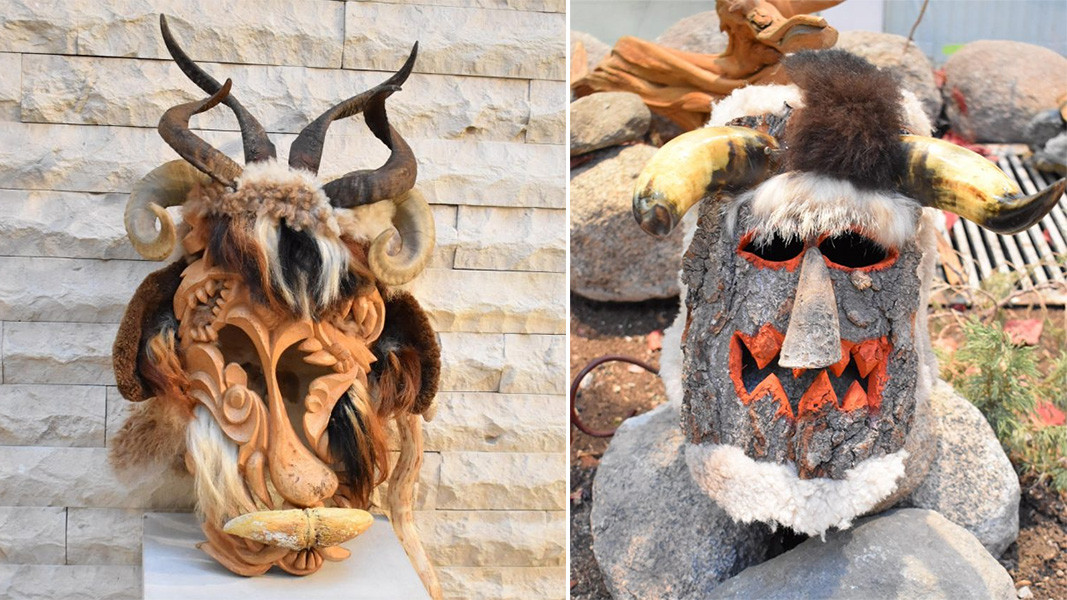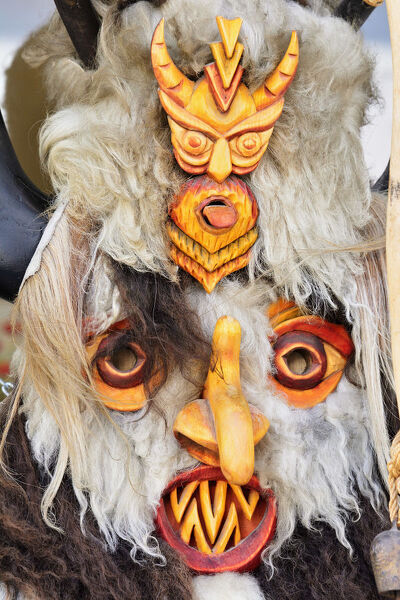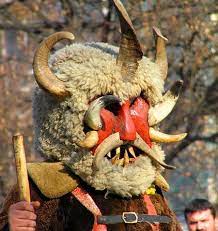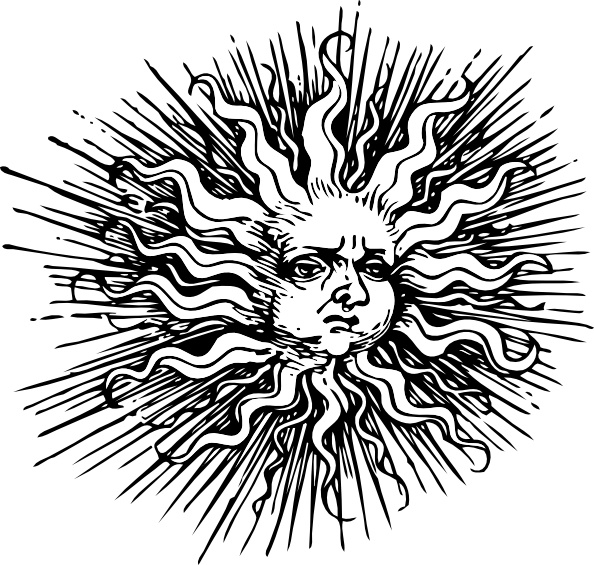Spirituality in Brazil
Altar as a shirne:
Spirituality of our own countries.
Candomblé, Macumba, Folklore, Simpatias, Supertição
And write in hotglue
And RECORD
In Italy, there is a strong relationship between superstition and religion, and enchantment or natural cures are frequently used to heal people or escape bad luck.
When someone becomes ill or has a problem, it is customary to burn candles and pray to a specific Saint who protects a certain bodily part.
This is a widespread practice among the older generation, but simple things like using camomile on red eyes or tossing salt behind your shoulder if you've had bad luck are still common among the younger age.
Superstition is common in Italian culture, and it may be found in little everyday gestures such as carrying a horn-shaped pendant or carrying a holy card. We frequently don't want to jinx good news, so we wait until the moment is certain or has already occurred before announcing it.
The most frequent superstition in Italian culture is Il Malocchio, which means "evil eye." Italians think that if someone looks at you with jealously or envy because of your excellent appearance or prosperity, they will give you Malocchio. Everything around us is made of energy. That's why our ancestors believed you might be cursed merely by receiving evil energy.
According to folklore, a person's eyes are a portal to their soul, and even an unpleasant look with negative energy can bring disaster and ill will. You may feel terrible headaches, nausea, and even a loss of strength if you have been casted Malocchio. Lifting the curse requires a few treatments administered by a healer, or so it is believed in Mediterranean nations. A ceremony is performed by the healer to see if you've been the victim of an evil eye spell. A dish of water and oil droplets is commonly included.
It is fairly common to know someone who conducts card readings or visits a medium to communicate with deceased loved ones.
Elements that in the altar:
Spirituality in Italy
In the UK the industrial revolution created the biggest rift between us and nature in humxn history.
In Nottingham a movement was started who called themselves Luddites. They smashed machinery because they thought their crafts would be replaced.
The Victorian times and its hyperfixation on industrialisation brought a resurgence of otherworldly energies with strong belief in fairies, a comeback in seances and the upper classes making societies to talk about the occult. The famous ''rider-waite'' tarot deck was created by members of one of these societies "The Hermetic Order of the Golden Dawn" and all the cards were illustrated by artist/occultist Pamela Colman Smith.
Pamela Colman Smith
In my hometown there's a yearly festival where sources of drinking water are decorated with scenes made of petals. This is called well dressing and some people think it was practised by the celts or introduced to Britain by the Romans. In old times it was to give thanks to the water for giving us life but now the message has been taken over by catholicism, patriotism and the glorification of world war II.
In Nottingham curse tablets were found from the Romans. They were used to ask the gods to curse people or problems in the maker's life.
This one asks the god Mars to curse someone.
I want to curse technology!!!!
the spiritual in Bulgaria (Eastern Europe)
KUKERI




As with all settled agricultural Indo-European peoples, the Slavs' calendar is built according to the Sun - according to its movement relative to the Earth, its phases and cycles. The main landmarks are the equinoxes - spring (21 March) and autumn (23 September), and the solstices - summer (22 June) and winter (22 December). In connection with these four main solar phases, there was also a perception among the Slavs of the sun as a complex multi-faceted divinity with four incarnations. The Slavic calendar is cyclical, unlike the modern linear calendar. What matters is the season, the time of year, not the year, which gives it its cyclical, circular character - the seasons alternate in a continuous seasonal cycle. The same season, the same date occur again and again at a particular time, never staying in the past. Accordingly, the Slavonic calendar has no beginning or end, no month is first or last. Only four seasons can be distinguished, depending on which the ways of life, work and sacred activities of people vary. In older times there were only two seasons, a seven-month agricultural season (summer) and a five-month non-agricultural season (winter).
Kukeri (Bulgarian: кукери; singular: kuker, кукер) are elaborately costumed Bulgarian men who perform traditional rituals intended to scare away evil spirits. Closely related traditions are found throughout the Balkans and Greece (including Romania and the Pontus). The costumes cover most of the body and include decorated wooden masks of animals (sometimes double-faced) and large bells attached to the belt. Around New Year and before Lent, the kukeri walk and dance through villages to scare away evil spirits with their costumes and the sound of their bells. They are also believed to provide a good harvest, health, and happiness to the village during the year.
The origins of Kuker plays are often linked to the pre-Christian Greco-Thracian cult of Dionysus.
Samodivas are commonly depicted as ethereal maidens with long, loose hair, and in some cases, wings. They are typically dressed in free-flowing, feathered white gowns, which give them the power of flight. Samodivas are often described as blonde, tall, slender women with pale, glowing skin and fiery eyes.
The Samodivas dance and sing around the wells, it is said that if you see a Samodiva you should not look it in the eye. People used to say that there is no song more beautiful than the song of the Samodivas, and no dance more beautiful than the dance of the Samodivas.
In some regions, they believe that the Samodivas are invisible creatures - but they can be seen by Sabbath-keepers (born on the Saturday before Christmas Eve or Easter), those born at midnight on Christmas Eve and during the dirty days, repeaters (weaned and re-weaned babies), mixed children (children of a Samodiva and a mere mortal man), and dogs with "four eyes" (with two contrasting spots above the eyebrows).
Еньовден (Enyovden)
23-rd of June
the Bulgarian version of Midsummer
It is believed that on Midsummer Day various herbs and grasses have the greatest healing power, especially at sunrise. It is therefore best to pick them early in the morning before sunrise. The women - witch doctors, magicians, go alone and pick herbs, with which they then heal and make spells. The herbs gathered for the winter must be "77 and a half" - for all diseases and for, the disease without a name.
Click here ->
Molybdomancy
Lead (or more recently tin) shapes are melted in a ladle over a flame, and the molten liquid is then poured into the water. The resulting shape is either directly interpreted as an omen for the future, or is rotated in a candlelight to create shadows, whose shapes are then interpreted. The shapes are interpreted symbolically, for example a bubbly surface signifying money, a fragile or broken shape misfortune. The shape of the lead before melting can refer to a specific area of one's life. For example, ships for traveling, keys for career advancement, etc.